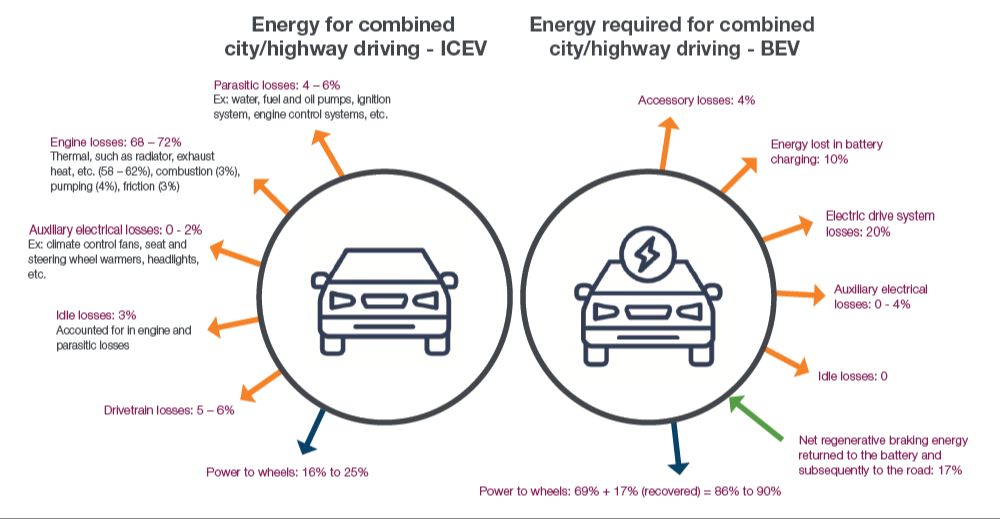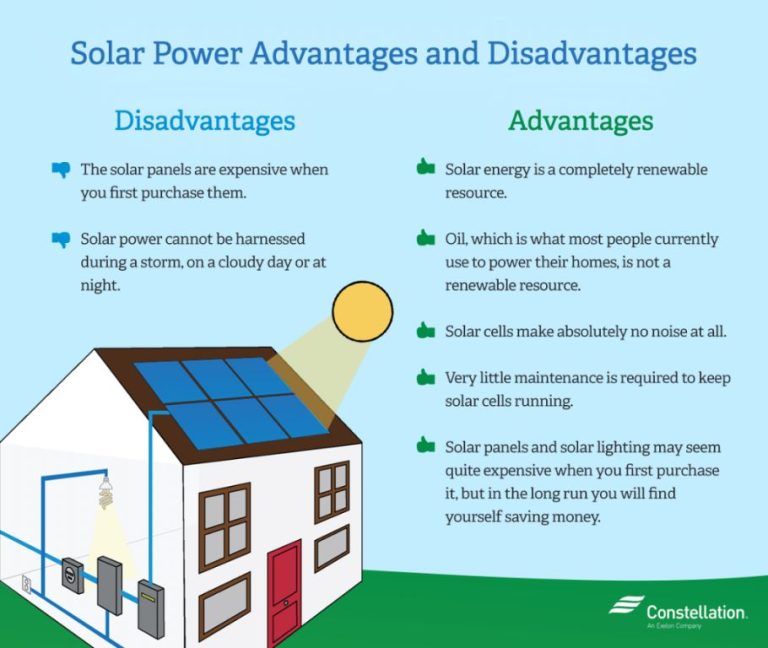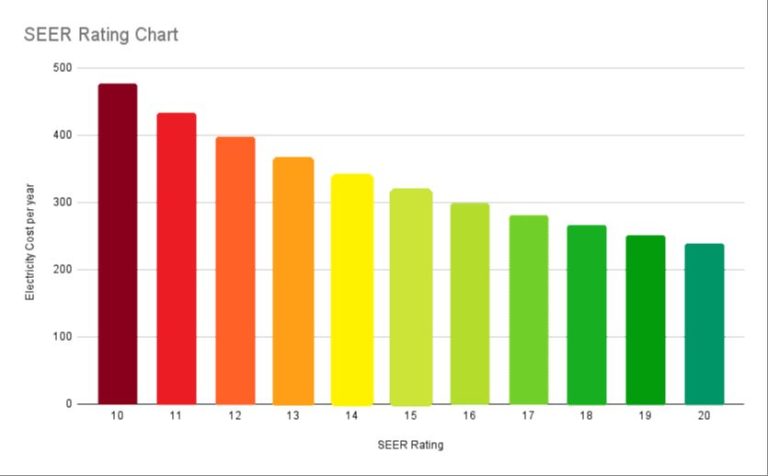Are Evs More Energy Efficient?
The Green Shift: Do EVs Really Live Up To Their Energy Efficiency Claims?

With more and more automakers pledging to go all electric, it’s clear that the age of gas-guzzlers is coming to an end. EVs are being hailed as a cleaner and more energy-efficient alternative that will help combat climate change. But just how efficient are electric vehicles compared to their gas-powered counterparts? In this article, we’ll examine the factors that influence EV energy efficiency, from design to driving habits. We’ll look at how electricity generation impacts the equation, as well as emerging battery tech and charging infrastructure upgrades. Our goal is to provide a comprehensive view of EVs’ energy efficiency – both current and future – to help you decide if an electric vehicle truly aligns with your green values.
EV Design Benefits
The design of electric vehicles focuses on improving efficiency in several key ways. One is through aerodynamic shape, which reduces drag and wind resistance. EVs tend to have smoother, more rounded designs compared to traditional cars in order to cut through the air more efficiently (https://www.cadence.com/en_US/home/resources/technical-briefs/ev-efficiency-design-analysis.html).
Using lightweight materials like aluminum and carbon fiber also improves efficiency by reducing vehicle weight. The lighter the EV, the less energy required to accelerate and move it. Lightweighting an EV can extend its range by 5-10% (https://energy5.com/the-challenge-of-balancing-aesthetics-and-efficiency-in-electric-car-design).
Finally, regenerative braking converts the EV’s kinetic energy back into stored electricity when decelerating. This regeneration charges the battery and avoids wasting energy as heat like with traditional friction brakes (https://macdermidalphaauto.com/our-insights/three-ways-improve-range-and-efficiency-ev).
EV Drivetrain Efficiency
Electric motors are substantially more efficient than internal combustion engines (ICEs). Electric motors convert over 85 percent of electrical energy from the battery to power at the wheels, while conventional gasoline vehicles only convert about 12%–30% of the energy stored in gasoline to power at the wheels (source).
EVs also benefit from not wasting energy when idling, unlike gas-powered cars. At stoplights and in traffic, a gas car still burns fuel even when not moving, while an EV uses no energy when stopped (source).
In addition, EVs have far fewer moving parts than gas-powered vehicles. With no complicated transmission, fuel injection systems, spark plugs and other components, they experience much lower friction losses (source).
Impact of Electricity Generation
While electric vehicles themselves produce no tailpipe emissions, the source of electricity generation to charge the vehicles does impact their overall emissions footprint. An EV charged from a coal-fired grid will have higher emissions than one charged from a renewable energy grid.
According to a study by the Union of Concerned Scientists, the average EV charged in the United States produces global warming emissions equivalent to a hypothetical gasoline vehicle with 68 MPG fuel efficiency. However, in regions with the dirtiest electricity grids like the Midwest, the equivalent MPG drops to just 34. Meanwhile in California which has a cleaner electricity mix, the equivalent gasoline MPG jumps to 88 [1].
As coal plants are retired in favor of natural gas and renewables, an EV’s emissions profile will continue to improve over time. But currently, the carbon intensity of the local grid plays a major role in determining the overall energy efficiency and emissions footprint of EVs.
Charging Infrastructure
Home charging makes up the majority of EV charging, according to Utilities One. However, public charging infrastructure is crucial for enabling longer trips and reducing range anxiety. Smart charging technology allows public chargers to optimize charging times and take advantage of renewable energy when it’s abundant on the grid.
With smart charging, EVs can charge when electricity demand is lower and more capacity is available from solar and wind power. Sophisticated algorithms analyze grid conditions in real-time and schedule EV charging accordingly. Some chargers can even return stored energy back to the grid during peak demand. Additionally, collecting and analyzing charging data helps optimize the performance of public charging stations over time.
Battery Technology
Advancements in battery technology are key to improving the energy efficiency and range of electric vehicles. Most EVs today use lithium-ion batteries, which have seen major improvements in energy density over the years. According to one analysis, the energy density of EV batteries improved by about 5-8% annually between 2010 and 2020.[1] This allows batteries to store more energy in a smaller, lighter package – extending range and efficiency.
Many experts believe that solid-state batteries represent the next major advancement for EVs. These replace the standard lithium-ion liquid electrolyte with a solid material, allowing for greater energy density and safety. Major automakers like Toyota and Volkswagen aim to introduce solid-state batteries around 2025.[2] Further improvements to energy density, fast charging capability, cost, and safety will allow EVs to charge faster, travel farther on a single charge, and better compete with gas vehicles.
Manufacturing & Recycling
The production of EV batteries does generate some carbon emissions. While driving electric vehicles produces no tailpipe emissions, there are emissions associated with mining raw materials and manufacturing batteries. According to a study from the Union of Concerned Scientists, battery production generates an estimated 68-126 kg of CO2 per kWh of battery capacity [1]. However, EVs are so much more energy efficient than gas-powered cars that the carbon footprint of battery production is offset within the first few years of driving the EV.
There are also increasing efforts to improve EV battery recycling to further reduce emissions. As the market grows, more investment is going into developing closed-loop recycling systems that can recover raw materials from spent batteries and reduce the need for new mining [2]. With innovations in battery chemistry and recycling methods, experts predict the share of recycled materials in new batteries could reach up to 90% by 2030.
EV Efficiency Over Time
The energy efficiency of electric vehicles has improved significantly over the past decade thanks to advances in technology and design. According to a report from the U.S. Department of Energy, hybrid electric vehicles (HEVs) could achieve 43-81% better fuel economy by 2045 compared to 2020 models. Plug-in hybrid electric vehicles (PHEVs) could see even greater gains of 73-96% over the same period.
One factor driving these efficiency improvements is vehicle weight. Lighter EVs require less energy to accelerate and move. Manufacturers have designed successive EV models to shed weight while maintaining safety and performance. For example, the curb weight of the Tesla Model S decreased from 4,647 lbs in 2012 to 4,072 lbs in 2020.
Advances in battery technology have enabled weight reductions by packing more energy storage capacity into smaller, lighter battery packs. Software developments also contribute by intelligently managing power distribution for optimal efficiency.
Policy Efforts
Governments around the world have implemented policies and incentives to promote the adoption of electric vehicles and improve their energy efficiency. Two major policy mechanisms are fuel economy standards and tax credits/purchase incentives.
Fuel economy standards, such as Corporate Average Fuel Economy (CAFE) standards in the US, require automakers to meet fleet-wide fuel efficiency targets. Stringent fuel economy regulations compel automakers to develop and sell more efficient electric drivetrains. According to the IEA, fuel economy standards in the European Union, China, Japan and Korea will require a “high level of electrification” to meet targets (source).
Many governments also offer tax credits and purchase incentives to make EVs more affordable. In the US, buyers can claim up to $7,500 in federal tax credits for purchasing an EV. State and local incentives can add several thousand more in savings. Tax credits and incentives lower the upfront cost barrier for buyers and stimulate EV demand. However, some critics argue incentives disproportionately benefit affluent buyers and don’t address other adoption barriers like lack of charging infrastructure (source).
Conclusion
In summary, electric vehicles offer several key advantages in energy efficiency compared to gas-powered vehicles:
EV drivetrains convert over 80% of electrical energy into power, versus only 12-30% efficiency for gas engines (https://www.fueleconomy.gov/feg/evtech.shtml). This makes EVs inherently more efficient at utilizing energy.
EVs have regenerative braking to recapture energy, as well as lower rolling and air resistance for better aerodynamics.
The electricity used to charge EVs continues to get cleaner over time as renewable energy expands. Gasoline will always emit greenhouse gases when burned.
Advances in battery technology are rapidly improving range capabilities and lowering environmental impacts.
Overall, EVs clearly are significantly more energy efficient today. And with continuing improvements, their efficiency benefits over gas vehicles will only increase further in the future.





